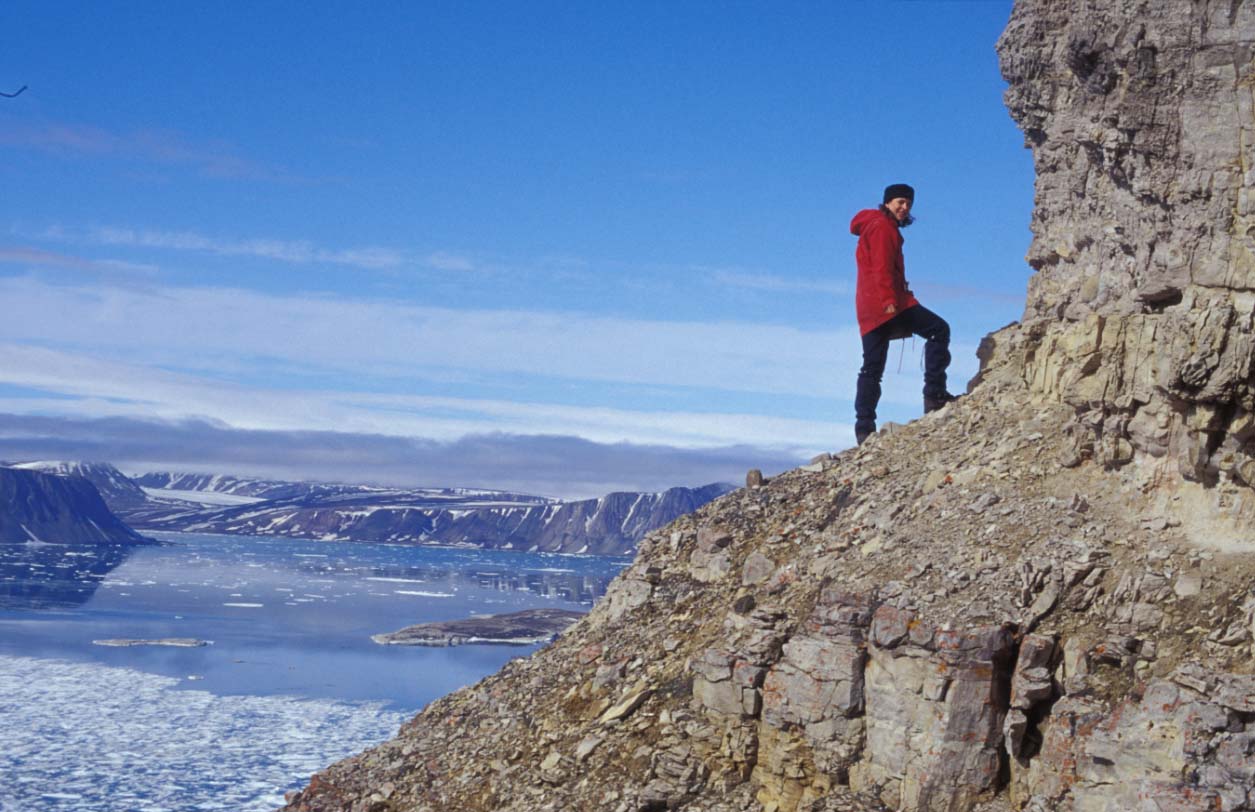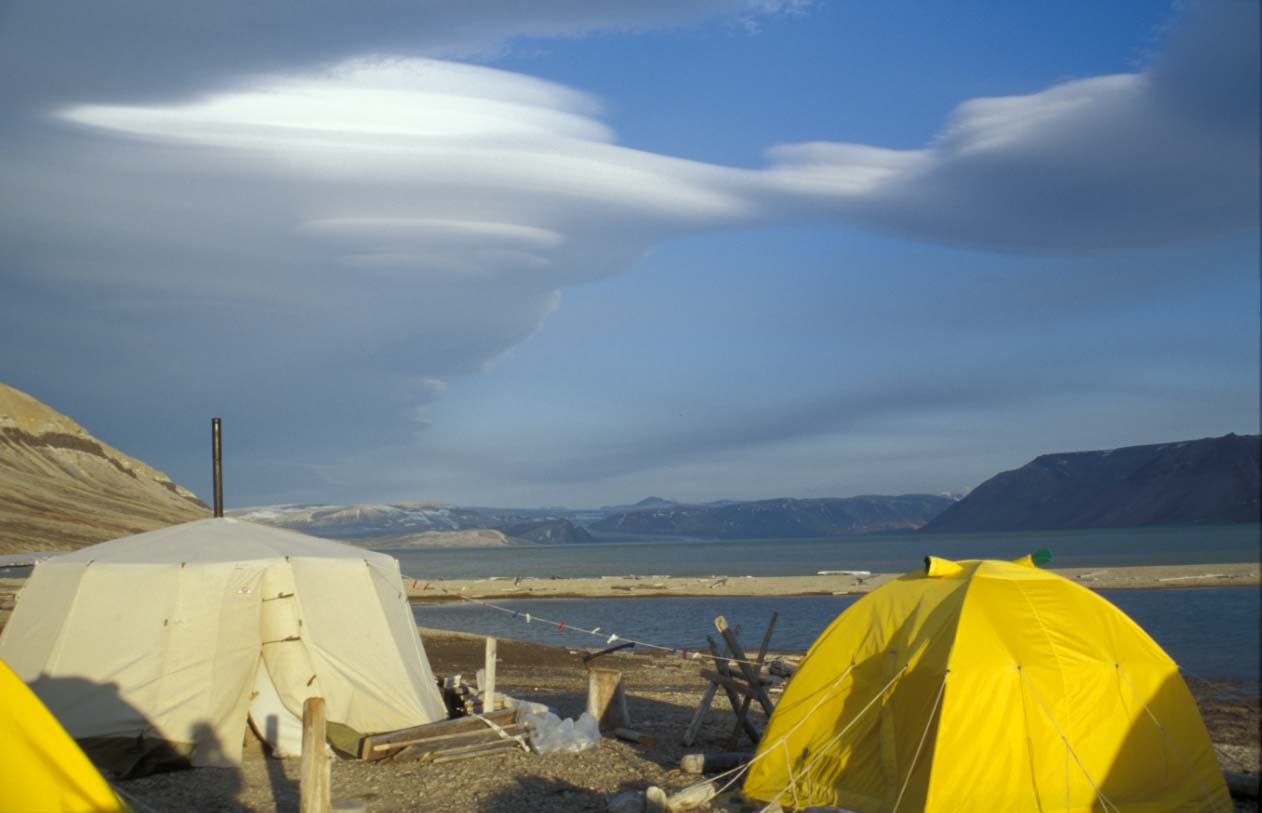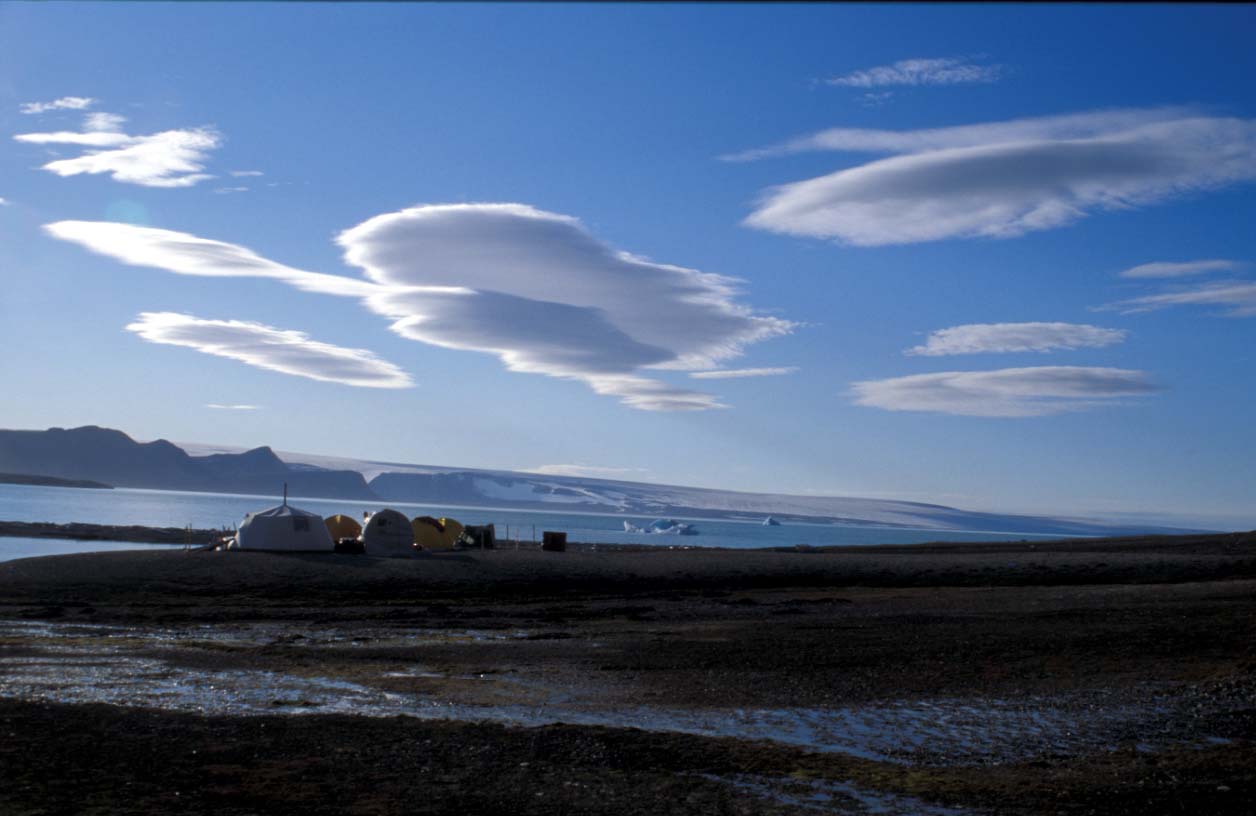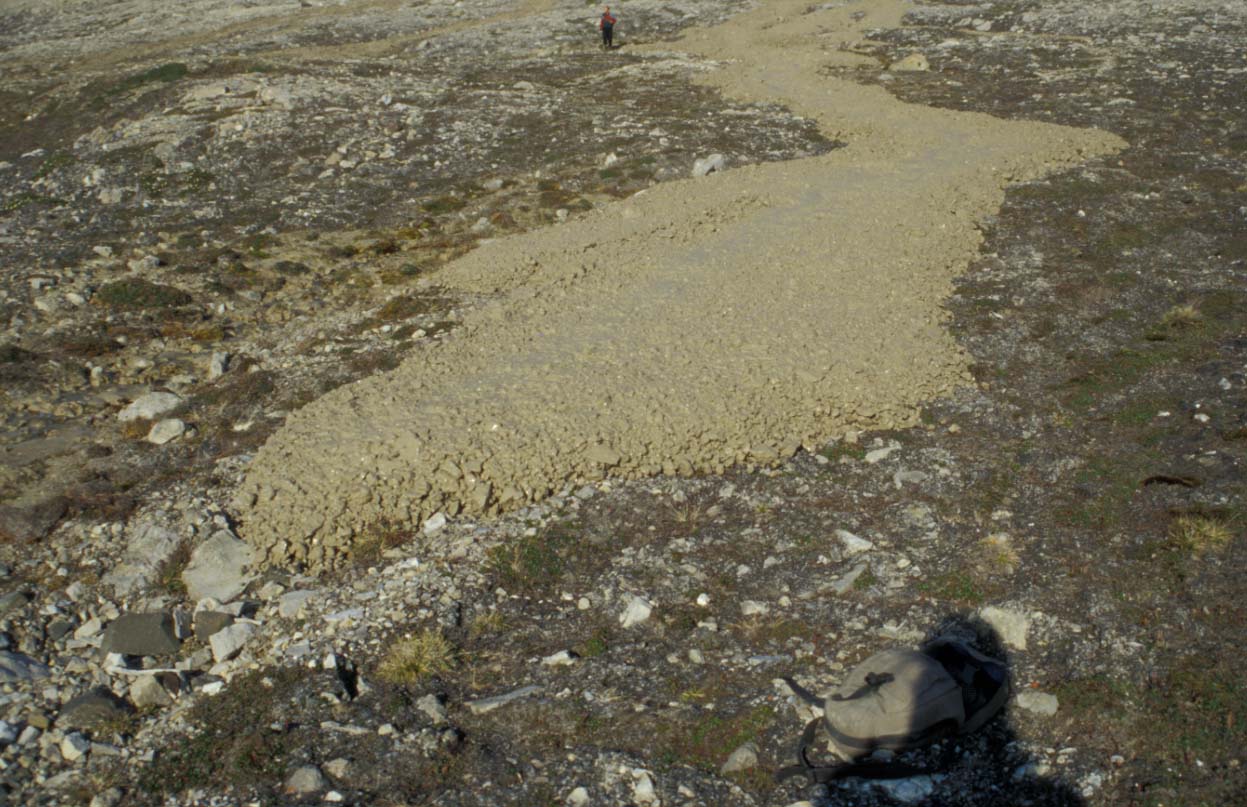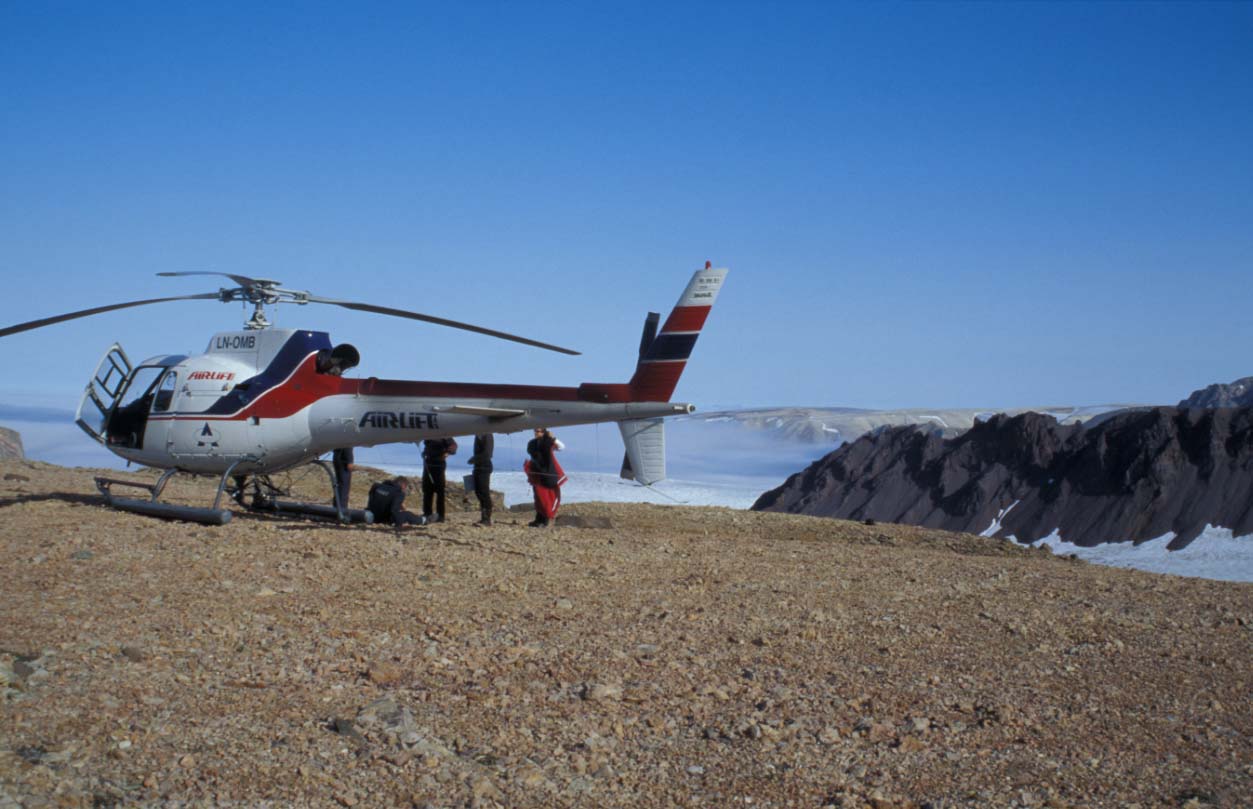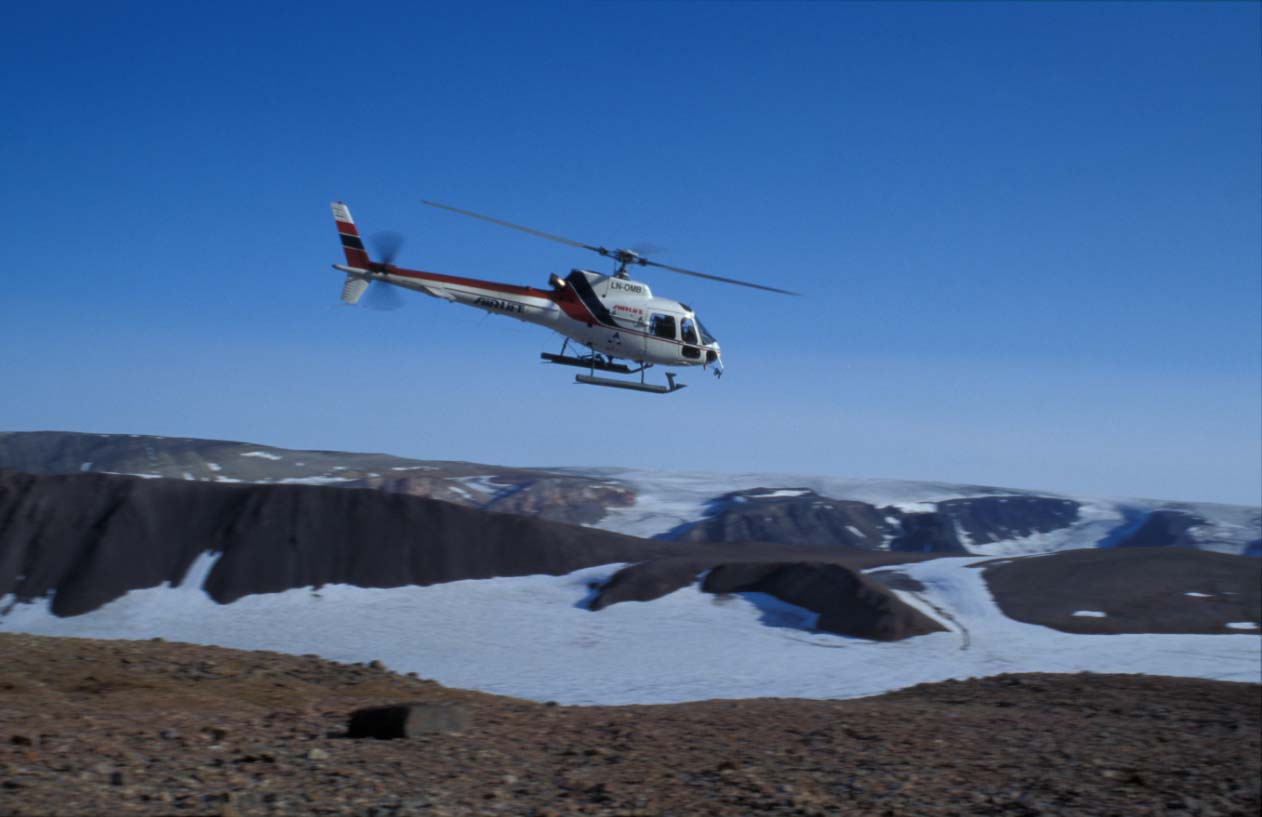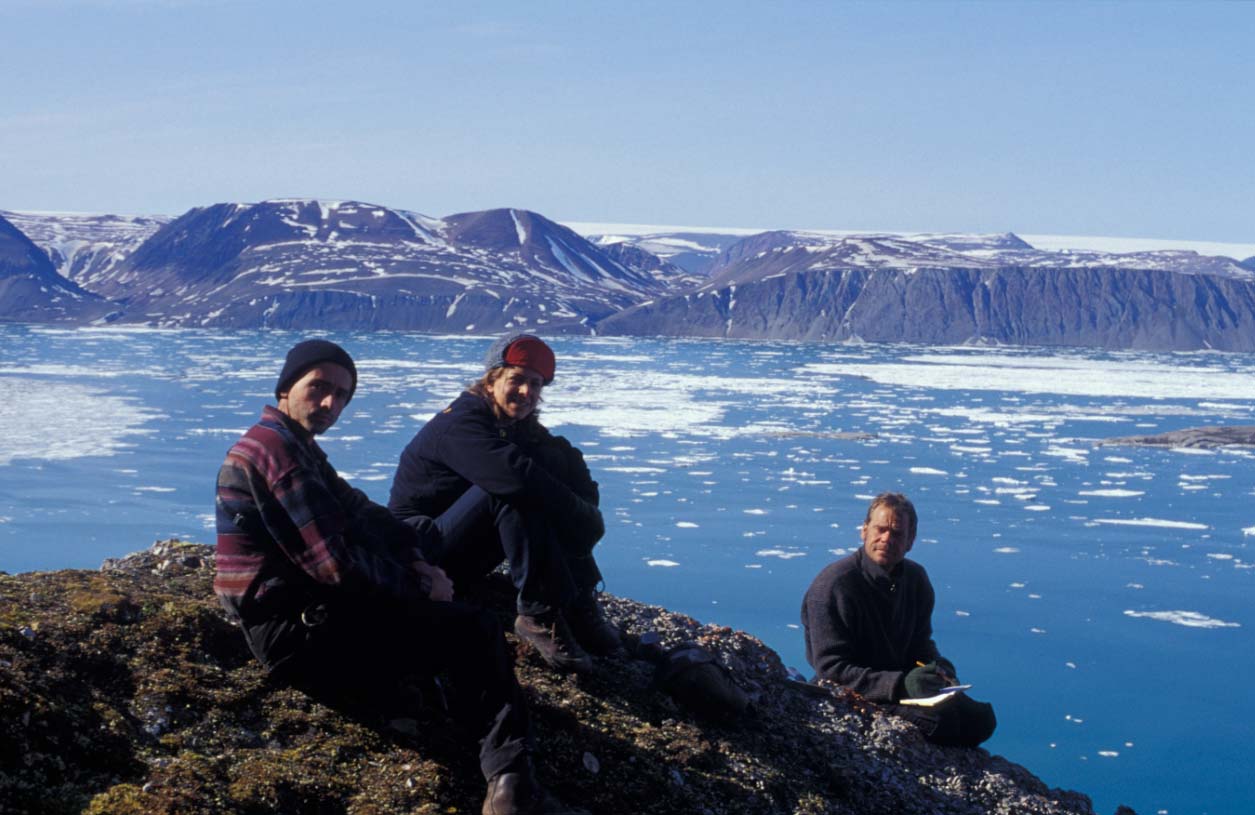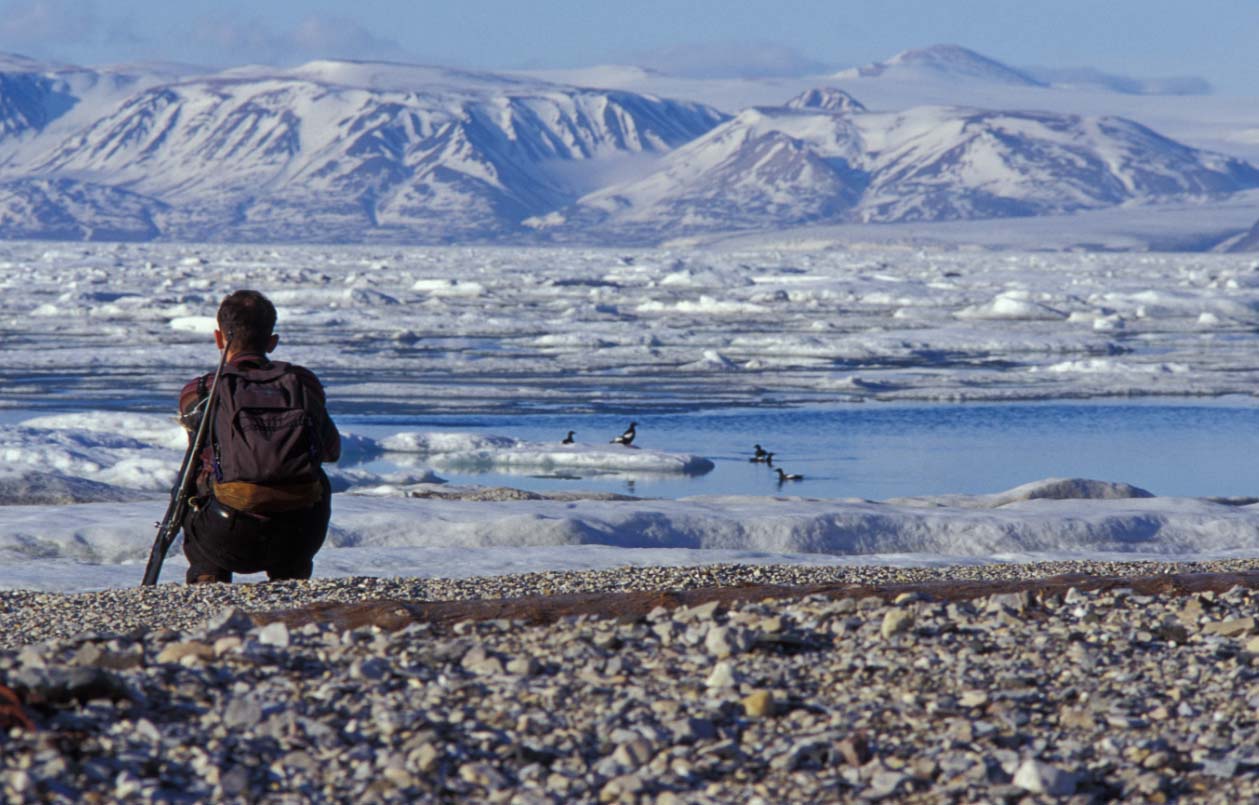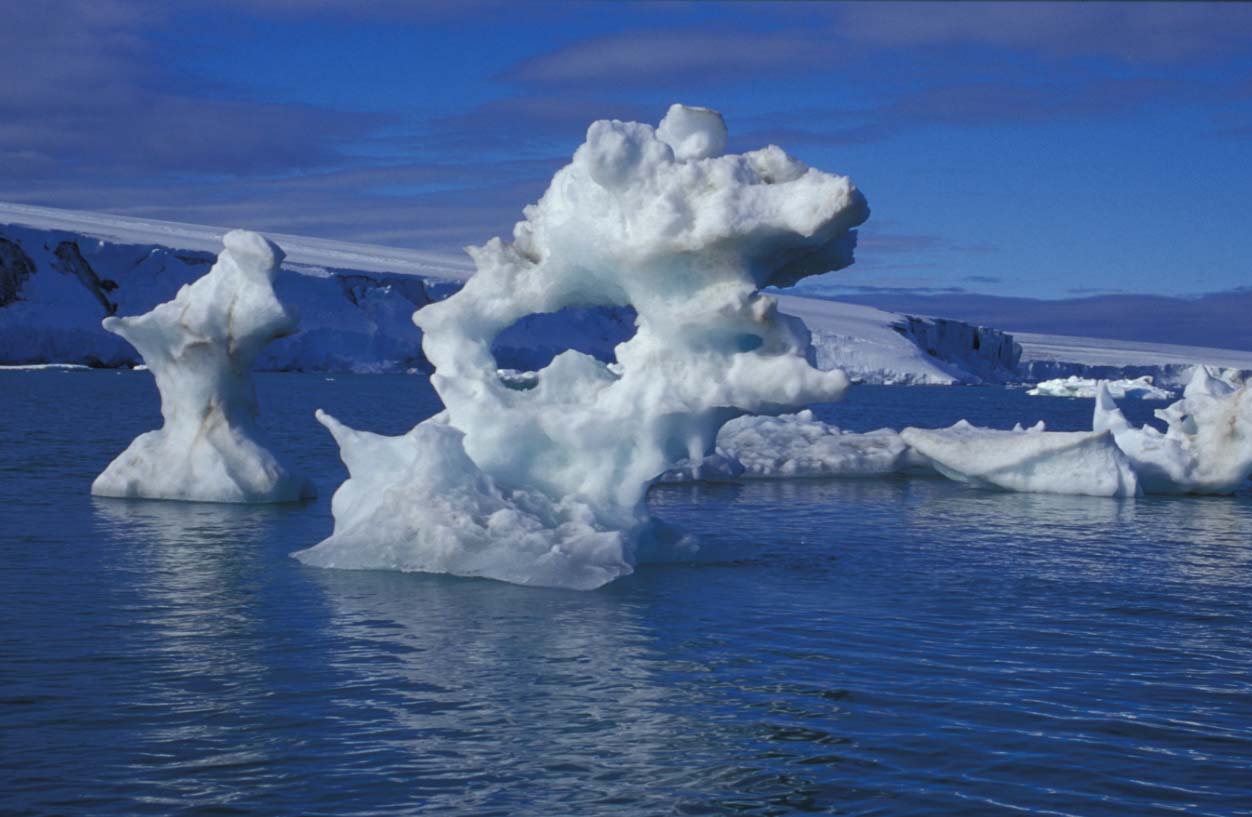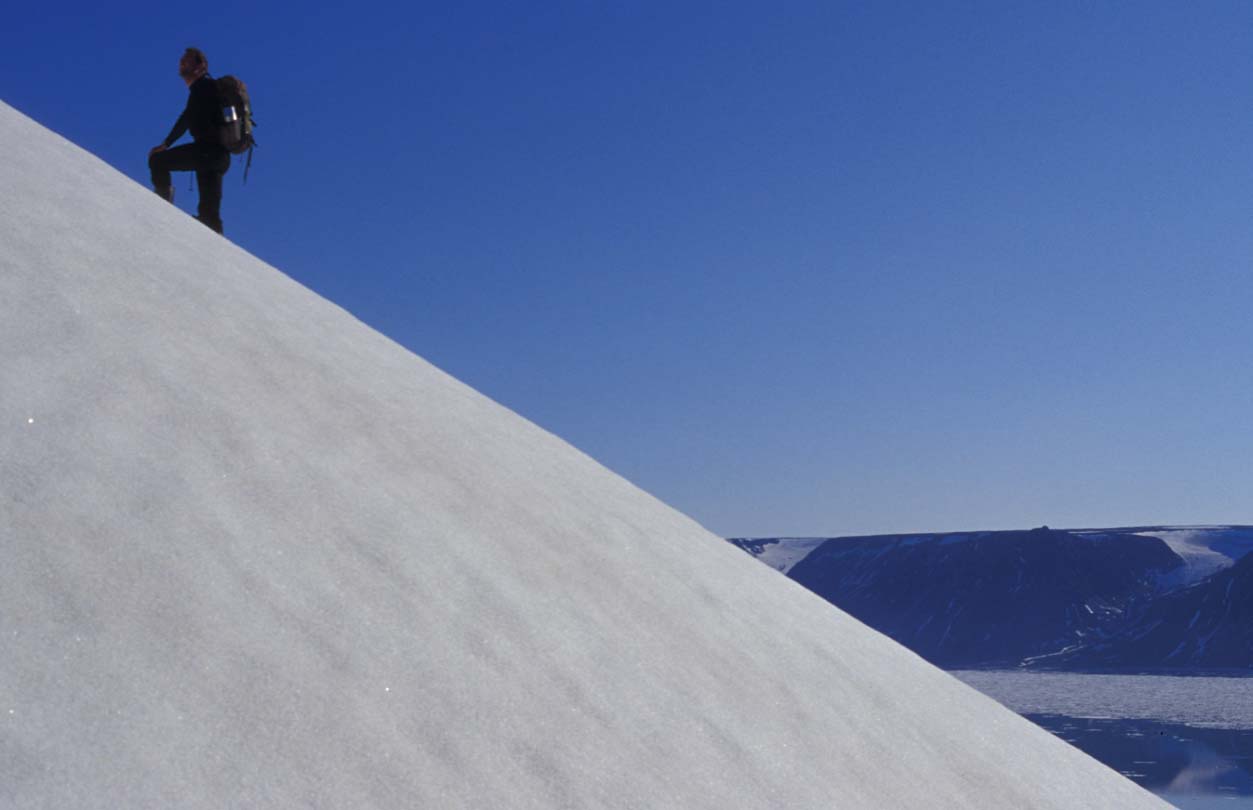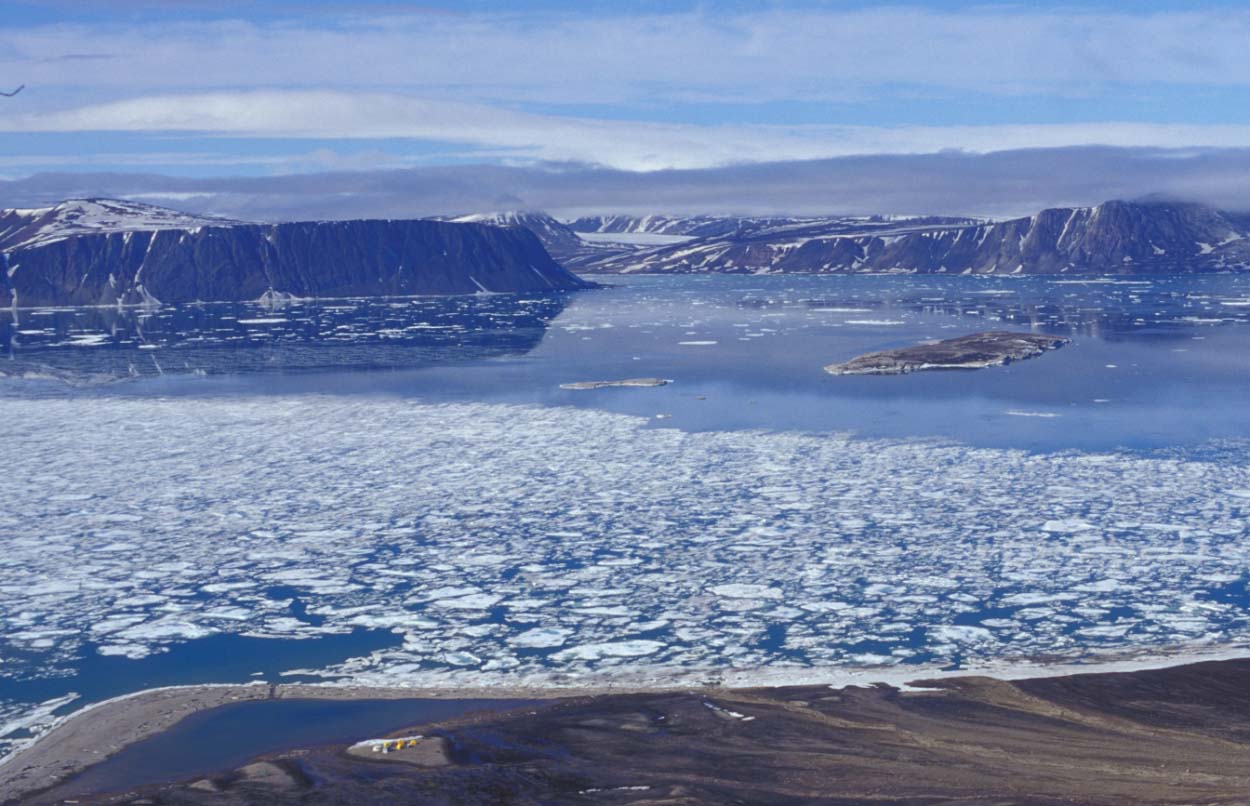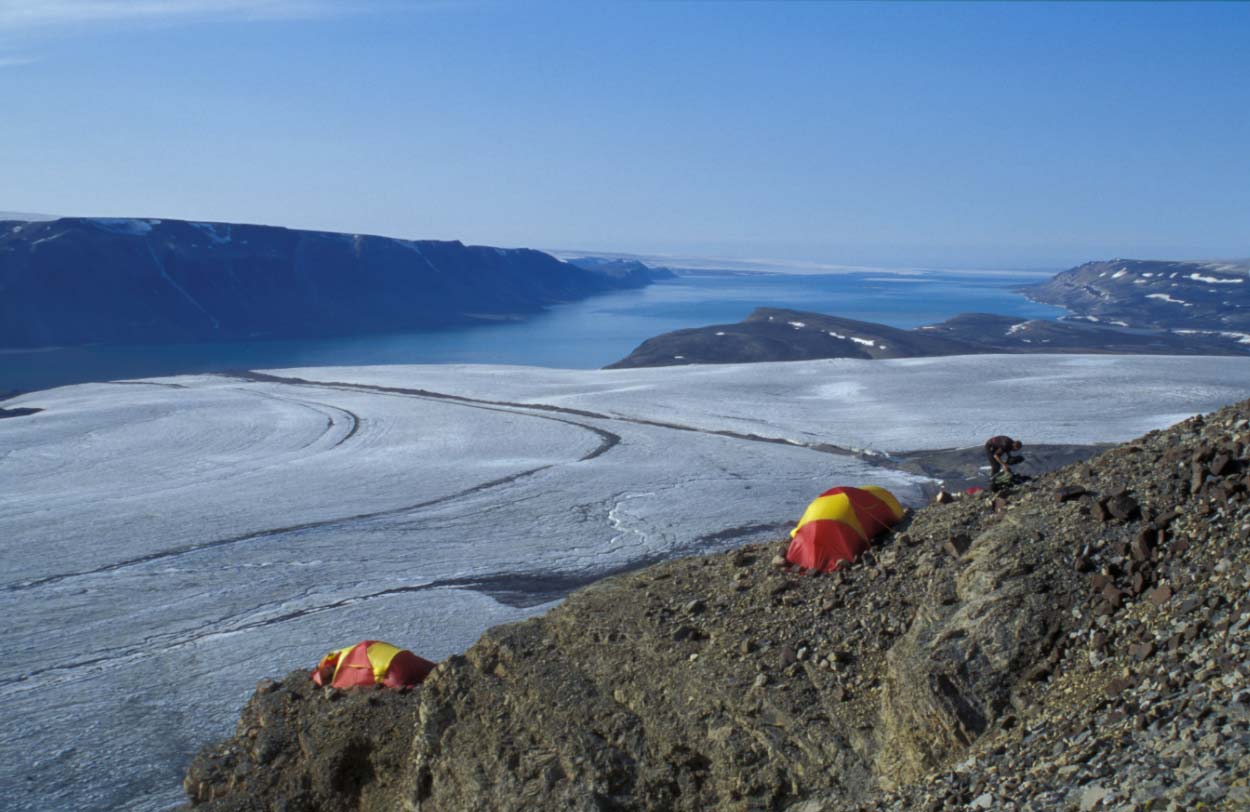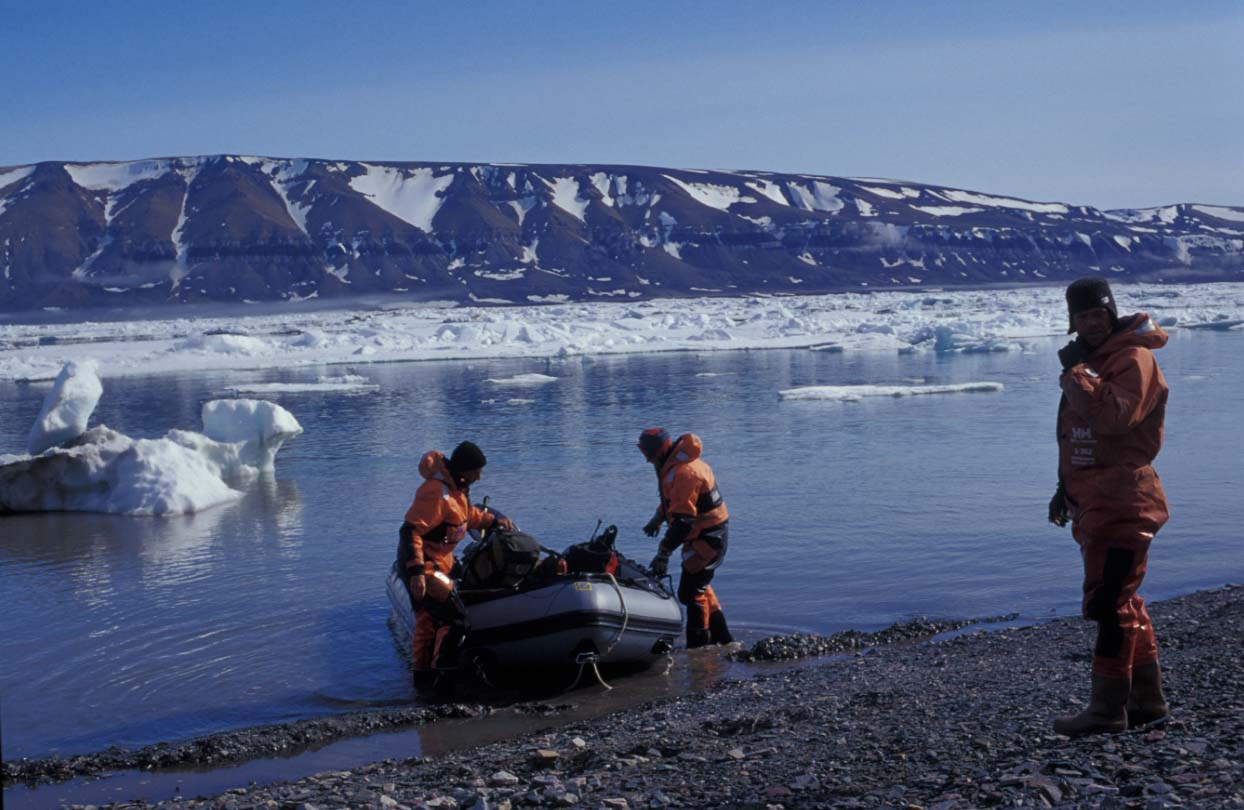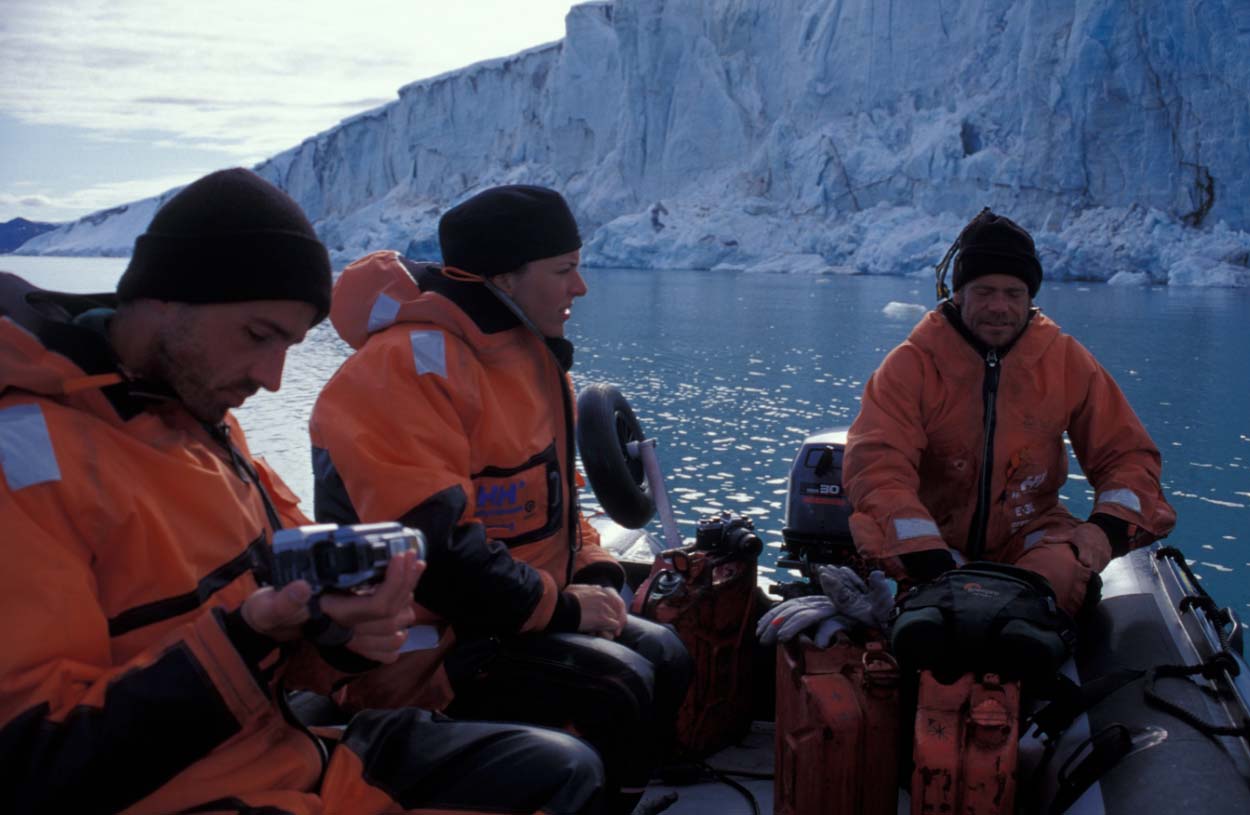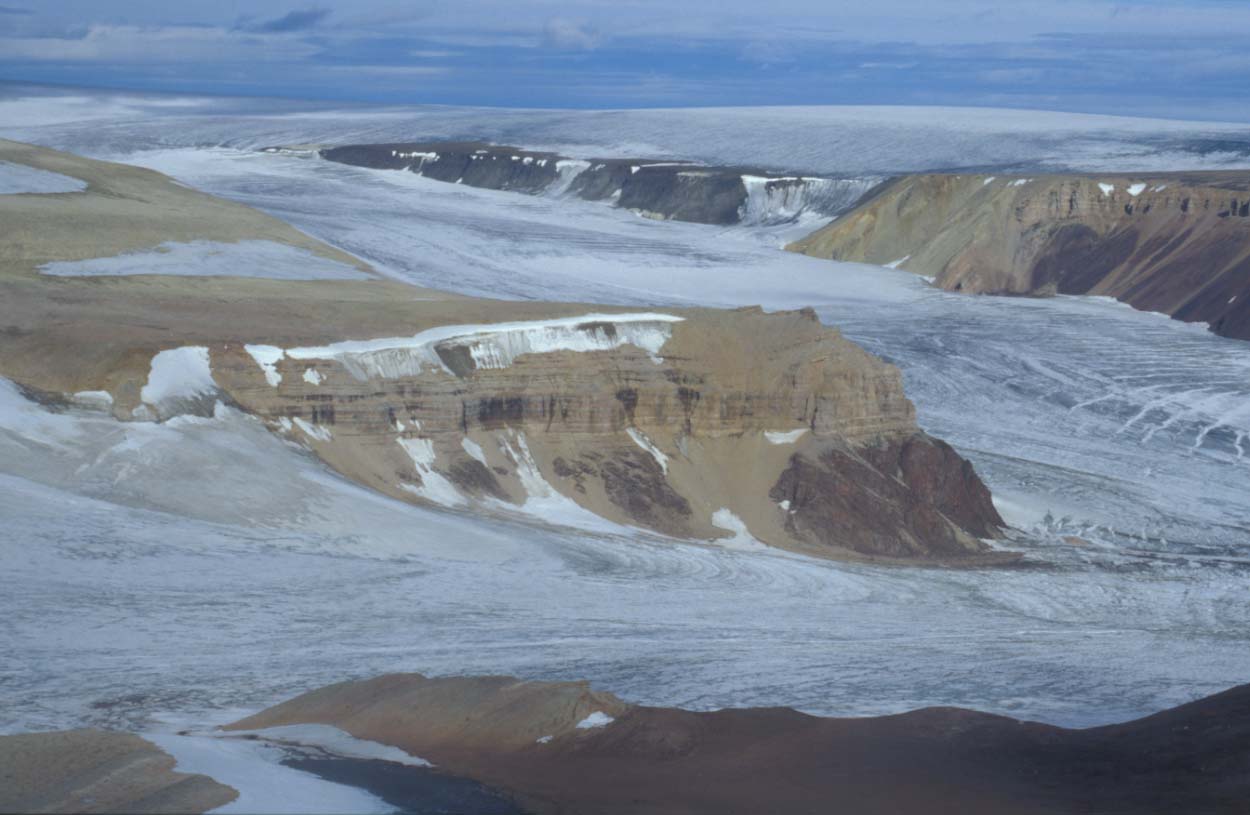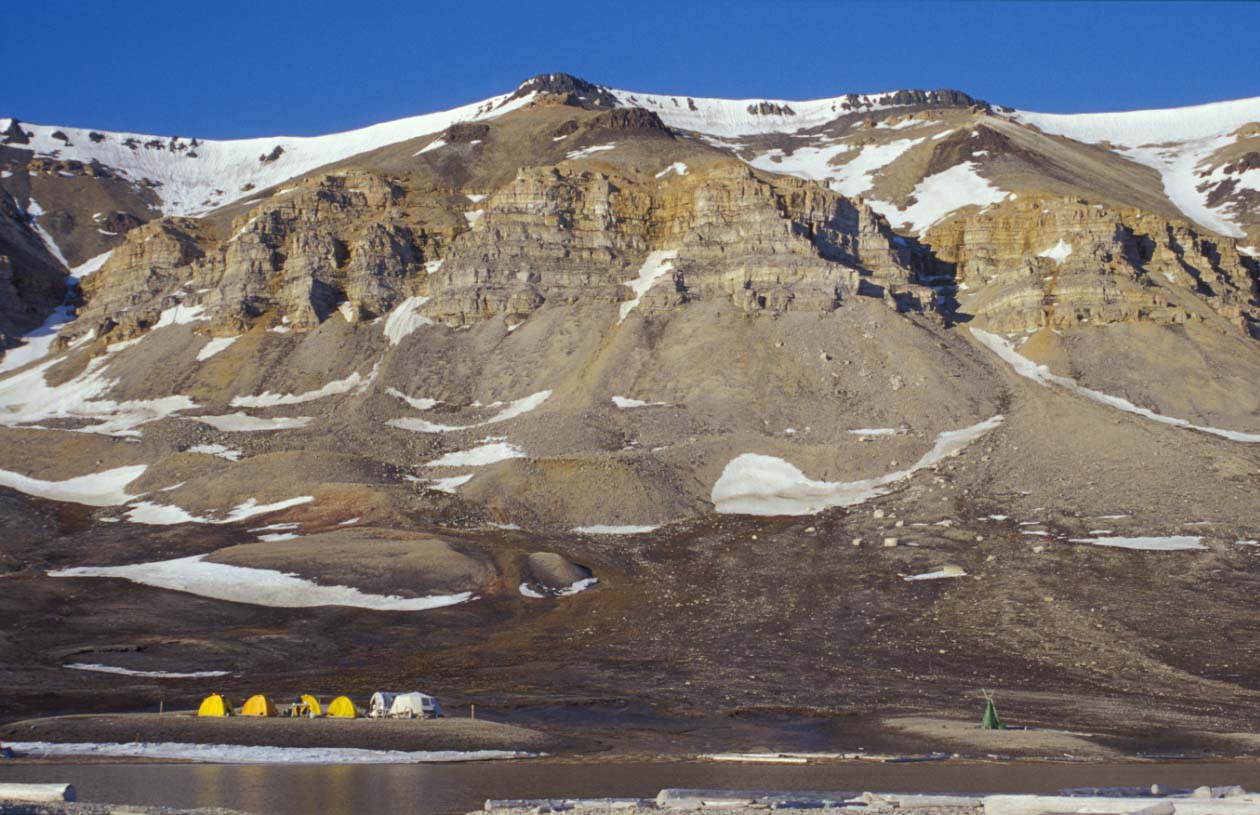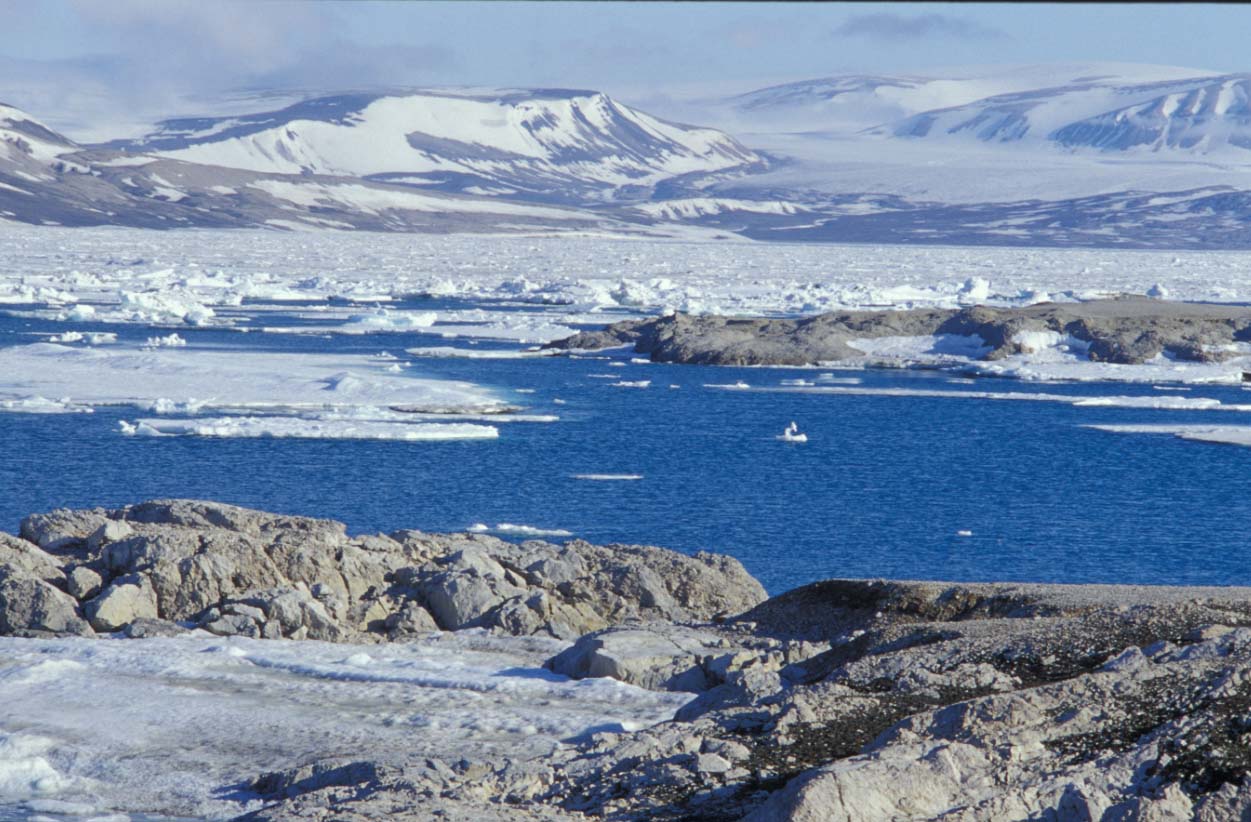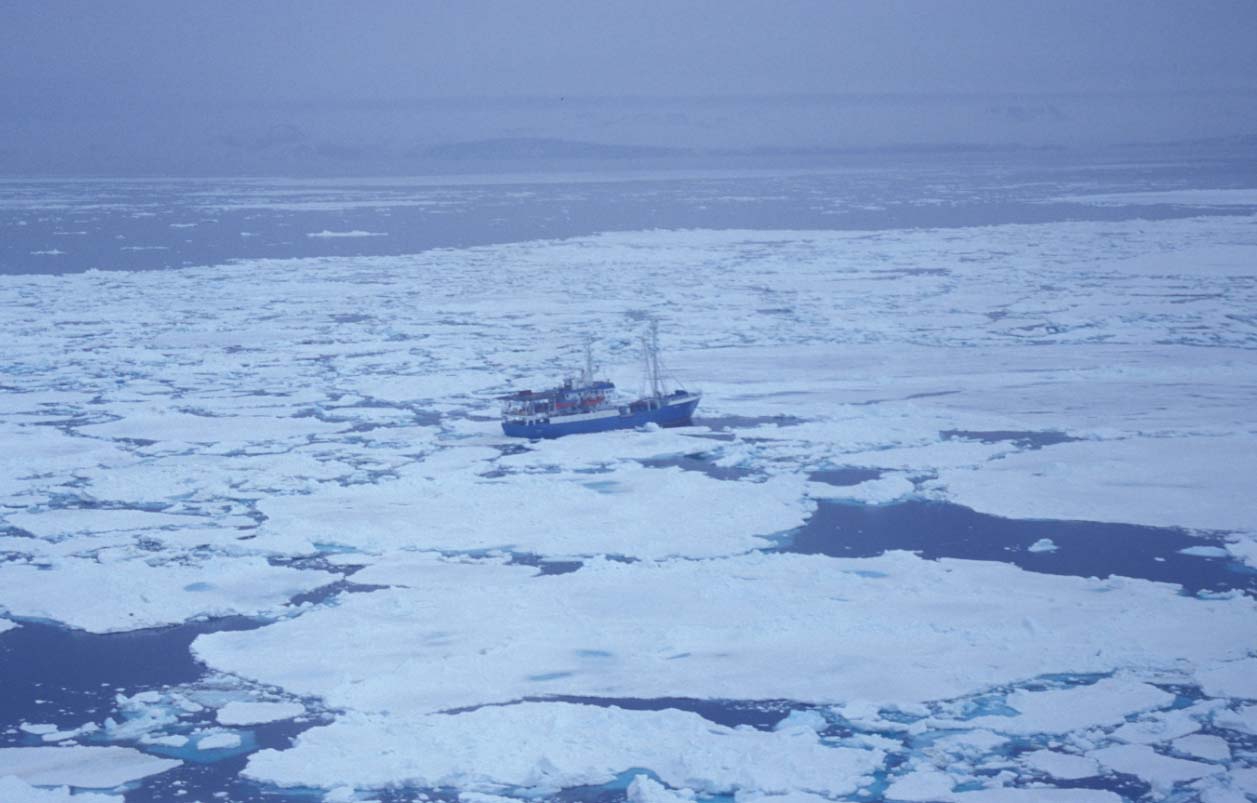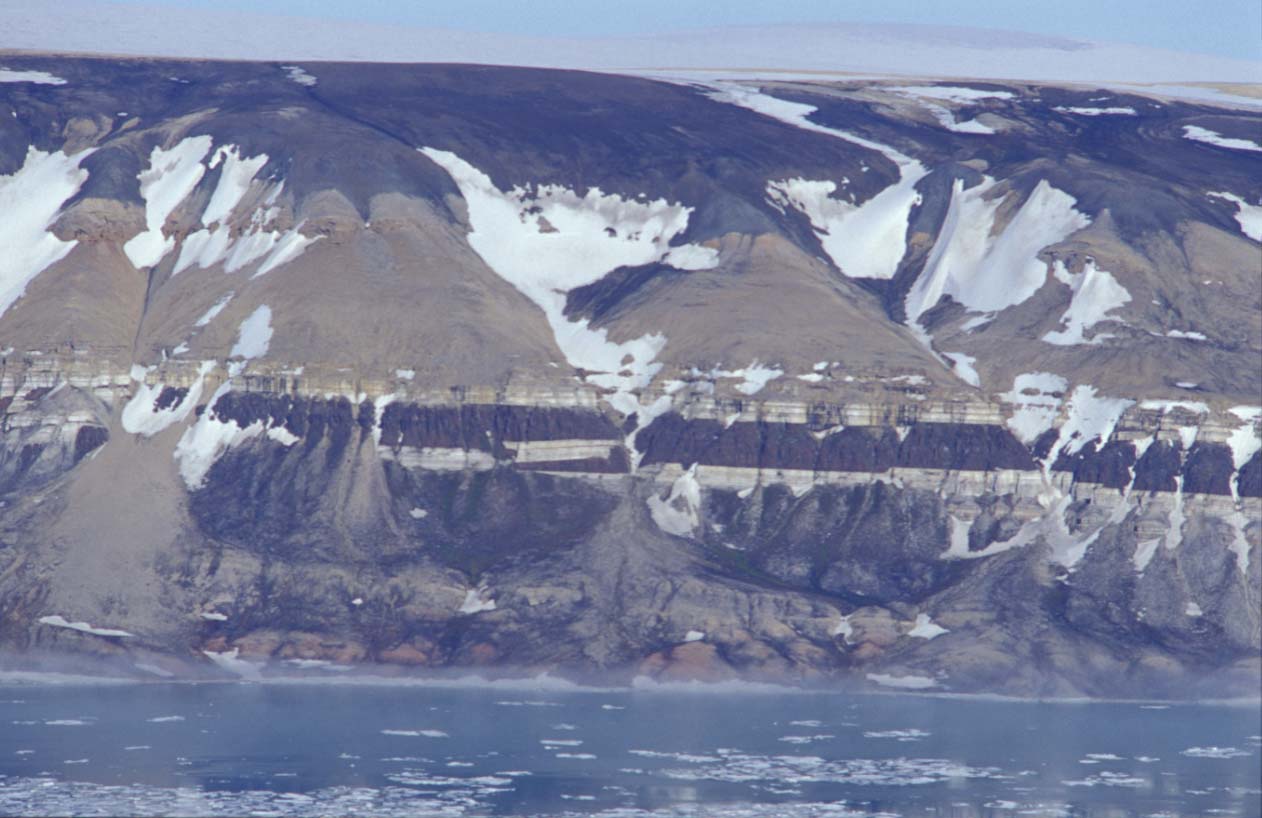Climatic evolution at the northern rim of Pangea (Svalbard) during
Permian/Carboniferous times
Christian Scheibner (in cooperation with Dierk Blomeier, Norsk Polarinstitutt)
DFG Project SCHE 685/3-1
The Carboniferous to Permian is characterized by the
formation of the supercontinent Pangea as well as by pronounced climatic
changes, from glacial to nonglacial conditions. During the Carboniferous
to Permian glaciation (Visean - Sakmarian) high frequent and high amplitudinal
sea-level fluctuations of over 100 m led to a strong cyclicity of the
deposits of this time period. In contrast, the middle to upper Permian
sediments are deposited during low-frequent and low amplitudinal sea-level
fluctuations.
During the Carboniferous to Permian Svalbard is moving from 30°N to
50°N and is located at a key position at the northern rim of Pangea.
It represents the geographical link between the warm-temperate to cold
areas of the Canadian arctic and the tropical Tethys. To evaluate the
influence of both geo-systems, apart from sedimentologic, sequencestratigraphic
and geochemical investi-gations, the paleoecology and paleobiography of
late Paleozoic larger foraminifera (fusulinids) form a central point in
our research. The scientific interest is focussed on the sedimentologic
and paleogeographic reconstruction of the depositional area, as well as
on the documentation and interpretation of the climatic and oceanographic
changes and their effects on the sediment and on the marine organisms
during the Carboniferous to Permian
Formations of the Billefjorden Group (Famennian-Visean), Gips-dalen Group
(Serpukhovian-Artinskian) and Tempelfjorden Group (Artinskian-Kazanian)
are investigated on both sides of the Hinlopenstreet (NE Spitsbergen,
Nordaustlandet) within a mapping project of the Norwegian Polarinstitute.
Stratigraphic sections, petrological (microfacies), paleontological (biostrati-graphy),
and geochemical (stable isotopes, XRD, XRF) analyses form the research
methods of the study.
During the first field season (June – August 2004) 8 sections with
a thickness ranging from 55 m to 150 m have been sampled which cover parts
of the Billefjorden and Gipsdalen Group.
Literature:
Scheibner, C., Blomeier, D., Forke, H., Gesierich,
K. (2015) From terrestrial to shallow-marine depositional environments:
reconstruction of the depositional environments during the Late Carboniferous
transgression of the Lomfjorden Trough in NE Spitsbergen (Malte Brunfjellet
Formation) Norwegian Journal of Geology Vol 95: 127-152 PDF
Blomeier, D., Carmohn, A., Forke, H., Scheibner,
C. (2013): Facies analysis and depositional environments of a
storm-dominated, temperate to cold, mixed siliceous-carbonate ramp: the
Permian Kapp Starostin Formation in NE Svalbard, Norwegian Journal of
Geology 93: 75-93 PDF
Scheibner, C., Hartkopf-Fröder, C., Blomeier,
D., Forke, H., (2012) The Lower Carboniferous
in NE Spitsbergen and a re-evaluation of the Billefjorden Group, Z. dt.
Ges. Geowiss. 163: 293-308
Blomeier, D., Carmohn, A., Scheibner, C.,
Forke, H. (2011): Environmental change in the Permian of Spitsbergen:
From a warm-water carbonate platform (Templet and Sørfonna members,
Gipshuken Formation) to a temperate, mixed siliciclastic-carbonate ramp
(Vøringen Member, Kapp Starostin Formation). Facies 57: 493-523
PDF
Blomeier, D., Scheibner, C., Forke, H. (2009):
Facies arrangement and cyclostratigraphic architecture of a shallow-marine,
warm-water carbonate platform: The Late Carboniferous Ny Friesland Platform
in eastern Spitsbergen (Pyefjellet Beds, Wordiekammen Formation, Gipsdalen
Group). Facies 55: 291-324. PDF
Picture Gallery:

